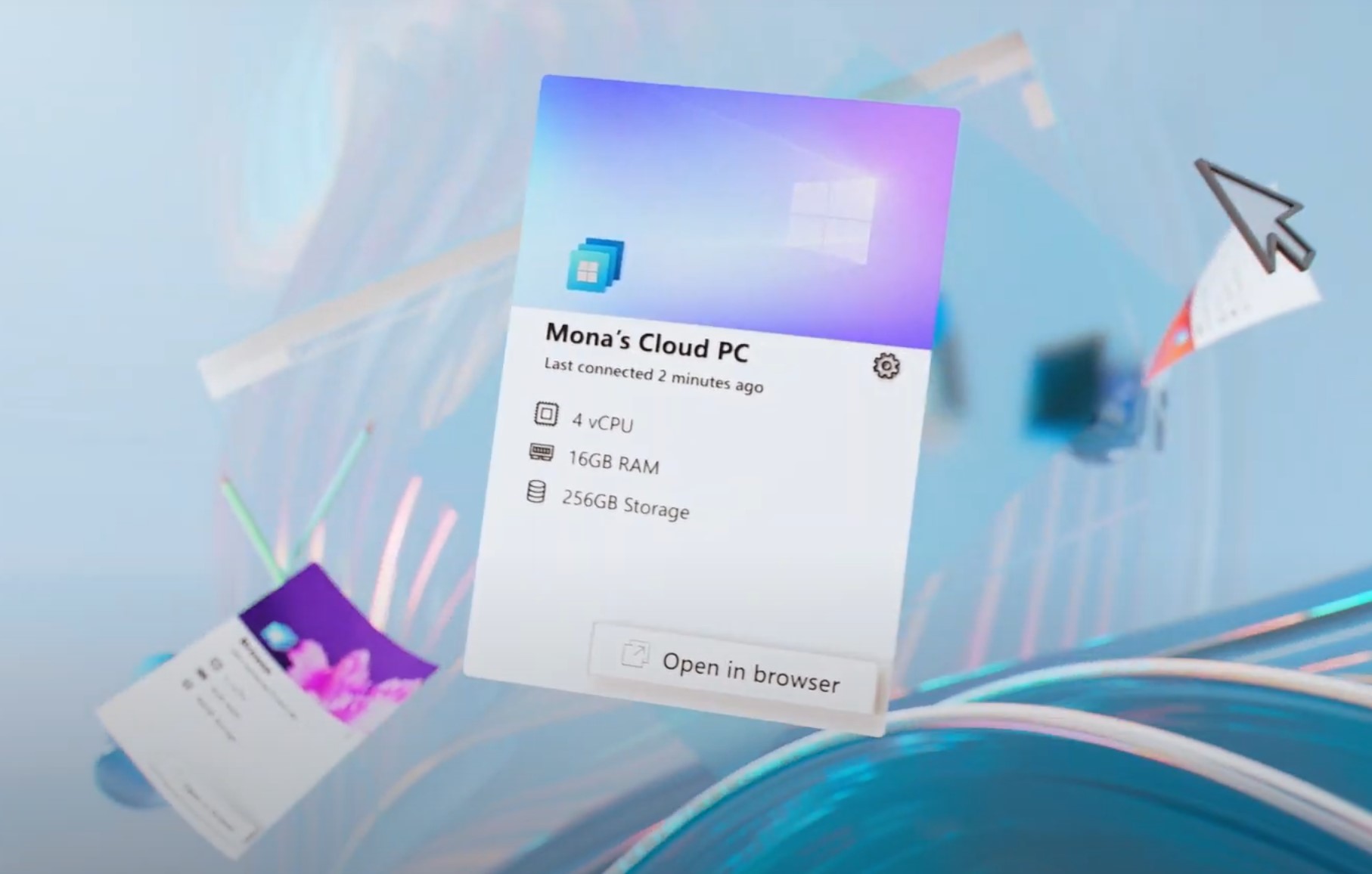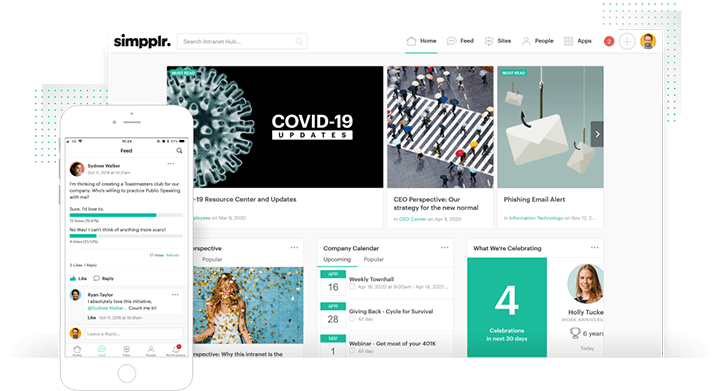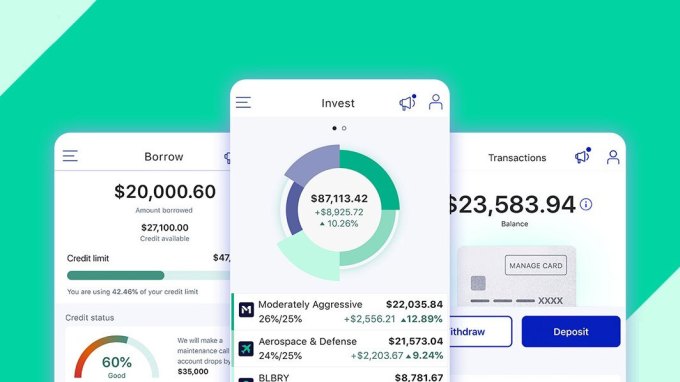News: Cybereason raises $275M at Series F, adds Steven Mnuchin to board
Cybereason, a US-Israeli late-stage cybersecurity startup that provides extended detection and response (XDR) services, has secured $275 million in Series F funding. The investment was led by Liberty Strategic Capital, a venture capital fund recently founded by Steven Mnuchin, who served as U.S. Treasury Secretary under the Trump administration. As part of the deal, Mnuchin will
Cybereason, a US-Israeli late-stage cybersecurity startup that provides extended detection and response (XDR) services, has secured $275 million in Series F funding.
The investment was led by Liberty Strategic Capital, a venture capital fund recently founded by Steven Mnuchin, who served as U.S. Treasury Secretary under the Trump administration. As part of the deal, Mnuchin will join Cybereason’s board of directors, along with Liberty advisor Gen. Joseph Dunford, who was chairman of the Joint Chiefs of Staff under Trump until his retirement in 2019.
Lior Div, CEO and co-founder of Cybereason, tells TechCrunch that the startup’s decision to work with Liberty Strategy Capital came down to the firm’s “massive network” and the “understanding of the financial and government markets that Mnuchin and Gen. Joseph Dunford bring to our team.”
“For example, the executive order on cybersecurity put out by the Biden Administration recommends that endpoint detection and response solutions be deployed on all endpoints,” Dior added. “This accelerates the importance of solutions like ours in the public market, and Liberty Strategic Capital has the relationships to help accelerate our go-to-market strategy in the federal sector.”
This round, which will be used to fuel “hypergrowth driven by strong market demand,” follows $389 million in prior funding from SoftBank, CRV, Spark Capital, and Lockheed Martin. The company didn’t state at what valuation it raised the funds, but it is estimated to be in the region of $3 billion.
Cybereason’s recent growth, which saw it end 2020 at over $120 million in annual recurring revenue, has been largely driven by its AI-powered platform. Unlike traditional alert-centric models, Cybereason’s Defense Platform is operation-centric, which means it exposes and remediates entire malicious operations. The service details the full attack story from root cause to impacted users and devices, which the company claims significantly reduces the time taken to investigate and recover from an enterprise-wide cyber attack.
The company, whose competitors include the likes of BlackBerry-owned Cylance and CrowdStrike, also this week expanded its channel presence with the launch of its so-called Defenders League, a global program that enables channel partners to use its technology and services to help their customers prevent and recover from cyberattacks. Cybereason claims its technology has helped protect customers from the likes of the recent SolarWinds supply-chain attack and other high-profile ransomware attacks launched by DarkSide, REvil, and Conti groups.
Today’s $275 million funding round is likely to be Cybereason’s last before it goes public. Div previously said in August 2019 the company planned to IPO within two years, though he wouldn’t be pressed on whether the company is gearing up to go public when asked by TechCrunch. However, the company did compare its latest investment to SentinelOne‘s November 2020 Series F round, which was secured just months before it filed for a $100 million IPO.








